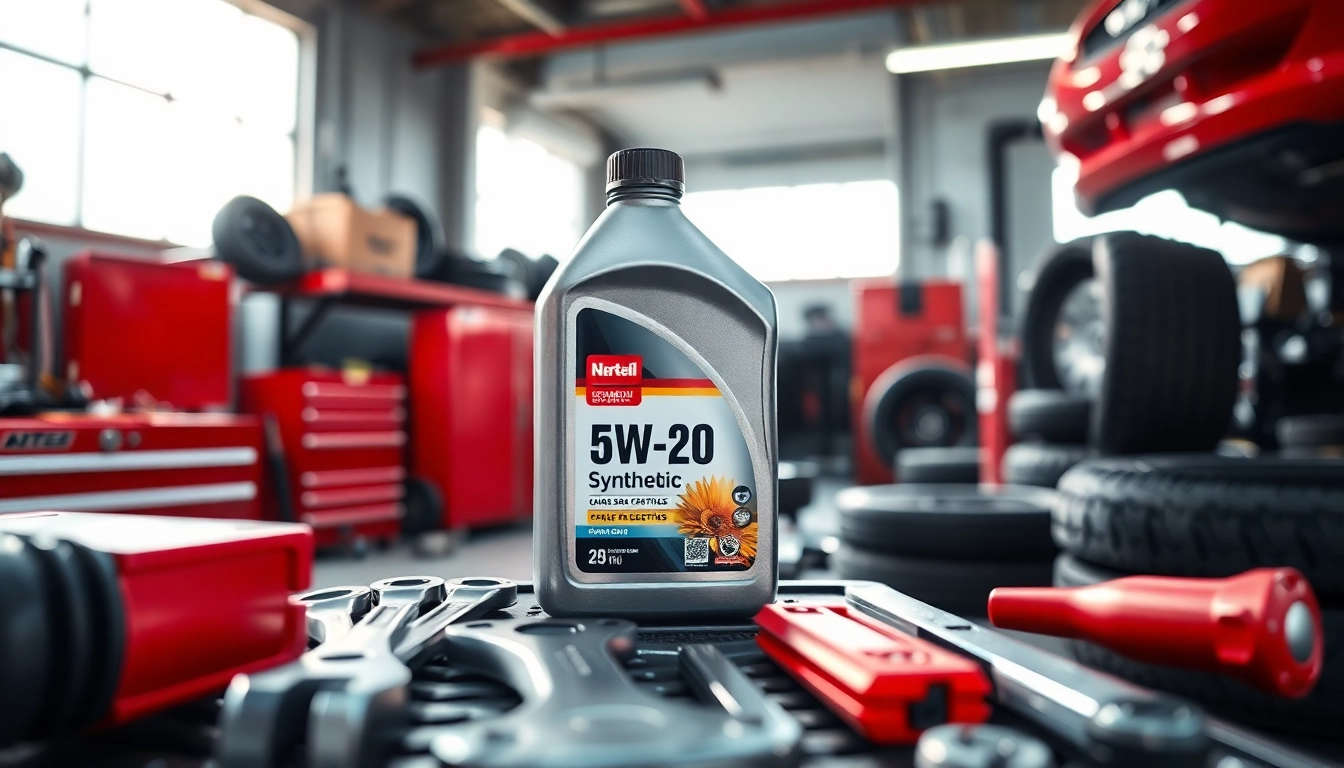What is 0w-16 Oil and Why it’s Important
0w-16 oil is a modern engine oil designed to provide optimal lubrication for vehicles, particularly those from manufacturers like Honda and Toyota. This low viscosity oil has gained popularity due to its energy-saving properties and compatibility with advanced engine designs. As fuel efficiency becomes increasingly crucial, understanding the importance of 0w-16 oil in maintaining your vehicle’s health is vital. Not only does it enhance performance, but it also supports environmental sustainability. For a deeper dive into related fluids, check out our guide on 0w-16 oil.
Understanding Viscosity Ratings
Viscosity is a fluid’s resistance to flow, and it’s a crucial factor in the performance of engine oil. The “0” in 0w-16 oil indicates the oil’s viscosity at cold temperatures; lower numbers signify better flow at cold starts. The “16” represents its viscosity when the engine reaches operating temperature. This distinctive rating ensures that the oil maintains appropriate lubrication under varying temperature conditions, crucial for engine protection and performance.
Benefits of Using 0w-16 Oil in Vehicles
The primary advantage of utilizing 0w-16 oil is its ability to improve fuel efficiency. Due to its lower viscosity, it allows for easier movement of engine parts, reducing the overall work the engine must do. This not only boosts gas mileage but also diminishes engine wear over time. Additionally, 0w-16 oil provides effective protection against sludge and deposits, which can obstruct oil passages, contributing to an extended engine lifespan.
Common Myths About Synthetic Oils
Despite the benefits of synthetic oils like 0w-16, misconceptions persist. Many believe synthetic oils are only for high-performance vehicles, but they are suitable for a wide range of uses. Others worry that synthetic oils may cause engine leaks due to their higher detergent qualities. However, in most cases, if a vehicle is not leaking with conventional oil, a switch to a synthetic oil will not introduce new leaks.
When to Use 0w-16 Oil
Manufacturer Recommendations and Specifications
Always refer to your vehicle’s owner’s manual for specific oil recommendations. Many modern vehicles, especially those made post-2016, call for 0w-16 oil as manufacturers highlight it in their specifications for optimized performance and warranty coverage. Choosing the correct oil type based on manufacturer recommendations can make a significant difference in vehicle maintenance.
Identifying the Right Application
Understanding when to use 0w-16 oil is also dependent on your driving habits. If you frequently drive in stop-and-go traffic or short trips, 0w-16 oil may be more beneficial due to its rapid flow characteristics at lower temperatures. It ensures that your engine is adequately lubricated right from startup, improving performance in urban conditions.
Seasonal Considerations for Engine Oil
The choice of oil can also depend on seasonal temperature variations. In colder climates, the low viscosity of 0w-16 oil helps reduce the strain on the engine during those chilly mornings. Conversely, while some drivers think higher viscosity oils are necessary in hotter temperatures, 0w-16 still provides adequate protection and efficiency, integrating seamlessly into most operating environments.
How to Change 0w-16 Oil
Step-by-Step Oil Change Process
Changing your 0w-16 oil can be done easily with some basic tools and a little knowledge. Follow these steps for a successful oil change:
- Gather your supplies: 0w-16 oil, an oil filter, a wrench, oil catch pan, funnel, and possibly a jack and jack stands.
- Prepare your vehicle: Ensure your car is parked on a flat surface and the engine is warm but not hot.
- Remove the oil drain plug: Position the catch pan under the oil pan, then use the wrench to loosen and remove the drain plug. Allow the old oil to fully drain out.
- Replace the oil filter: Use an oil filter wrench to remove the old filter, and lubricate the rubber gasket of the new filter with fresh oil before installing it.
- Add new oil: Replace the drain plug securely and then use a funnel to pour the new 0w-16 oil into the engine, checking your owner’s manual for the specific oil capacity.
- Check the oil level: After filling, let the engine run for a minute, turn it off, and check the dipstick to ensure the oil level is correct.
- Dispose of old oil responsibly: Take your used oil and filter to a recycling center or an auto parts store that accepts used oil.
Tools Required for an Effective Change
Before undertaking an oil change, make sure to have the following tools at hand:
- Oil filter wrench
- Socket wrench set
- Oil catch pan
- Funnel
- Jack and jack stands or ramps (if necessary)
- Rags or paper towels for spills
Having the right tools can significantly ease the process and make oil changes more efficient.
Best Practices for Disposal
Proper disposal of used oil is crucial to environmental protection. Never dispose of oil by throwing it in the trash or pouring it down the drain. Instead, take it to recycling centers or auto parts stores that accept used oil. Many municipalities also offer special oil collection events. Ensure that you are following local regulations regarding oil disposal to help keep our environment clean.
Performance Benefits of 0w-16 Oil
Fuel Efficiency Gains
One of the most significant advantages of 0w-16 oil is its contribution to fuel efficiency. Vehicles using this viscosity often exhibit improved gas mileage, which can save you a considerable amount over time. Tests have shown that using the recommended oil can yield up to a 1-2% increase in fuel efficiency, leading to savings that add up with regular use.
Engine Longevity and Protection
Utilizing 0w-16 oil not only enhances fuel efficiency but significantly extends engine life. Its advanced formulation offers superior protection against wear, oxidation, and thermal degradation, which translates to less frequent maintenance and repairs. By forming a thin protective layer on engine components, this oil reduces friction, thereby minimizing metal-to-metal contact and prolonging engine integrity.
Avoiding Common Engine Problems
Regularly using 0w-16 oil can mitigate several common engine issues, including sludge buildup and overheating. The detergent properties of synthetic oils prevent sludge from accumulating within the engine, while their improved flow characteristics ensure quick engine lubrication. This can lead to fewer engine-related costs and breakdowns, saving both time and money.
Choosing the Right Brand of 0w-16 Oil
Comparison of Popular Oil Brands
When it comes to selecting 0w-16 oil, several brands stand out on the market. Some of the most reputable options include:
- Mobil 1: Known for its superior synthetic formulation, Mobil 1 offers excellent protection and performance.
- Valvoline: Valvoline provides a broad range of high-performance oils with added maintenance benefits.
- Castrol: This brand is renowned for its cutting-edge technologies and innovations in engine oil formulation.
When selecting a brand, consider factors such as compatibility with your vehicle and driving conditions.
Understanding Certifications and Approvals
Ensure that the oil you choose meets the appropriate industry standards and specifications. Look for certifications from organizations like the American Petroleum Institute (API) or ILSAC (International Standards for the Approval of Motor Oils), as these validate the oil’s performance and safety. Using oil with relevant certifications ensures that you are getting a product that has been rigorously tested for quality and performance.
Customer Reviews and Recommendations
Before purchasing 0w-16 oil, consider reading customer reviews and product comparisons. Many consumers share their experiences, highlighting aspects such as oil performance during its lifecycle or how it impacts fuel efficiency. By gathering insights from other drivers, you can make a more informed choice, ensuring that you select a product that aligns with your vehicle’s needs.



